Moto G7 Hands-on Review: The Best Phone Under $300 Gets Better
Motorola’s latest midrange marvel is a bit pricier than before, but the Moto G7 looks a whole lot better than its predecessors.
NEW YORK — More often than not, budget phones are the home of chintzy plastics, middling performance and outdated software. But Motorola has always treated its less-expensive handsets with a little more respect than most other phone makers.
In fact, the Moto G7 looks so good, you might wonder why anyone would fork over a grand for an iPhone XS or other ultra-premium flagship.
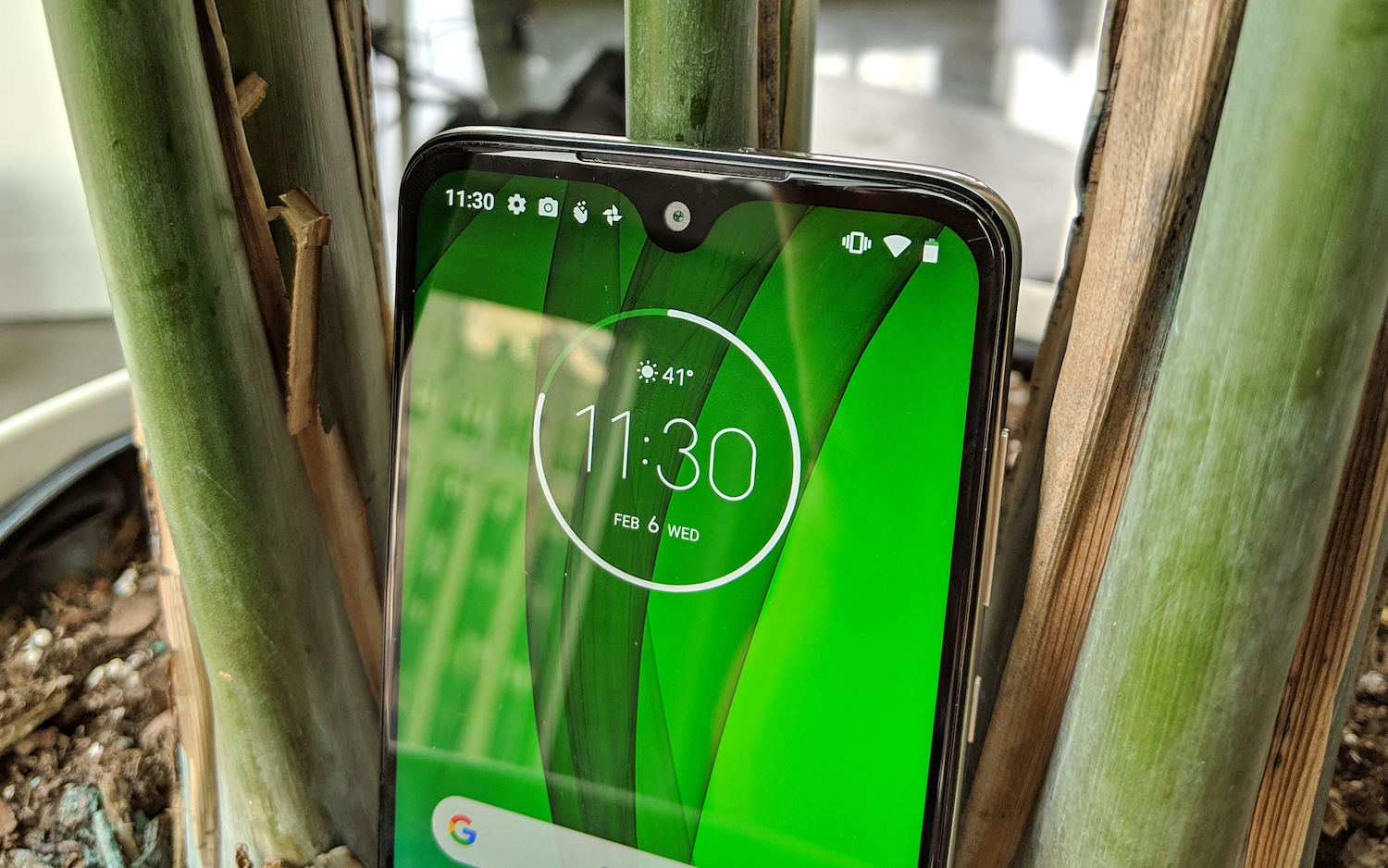
The range-topping $299 G7, as well as its lower-end variants, the $249 G7 Power and $199 G7 Play, will all hit store shelves in the spring. And for the first time ever, they’ll all be available unlocked.
The G7 in particular is impressive, thanks to its premium curved glass design, dual cameras and Snapdragon 632 processor. You also get a bigger screen, more RAM and more storage than on the G6, as well as a headphone jack. The G7 Power impresses with its 5,000 mAH battery. Here’s how they’re all shaping up.
Notches for Everyone
Every year, Motorola promises us that it’s successfully brought flagship phone hallmarks and features to the masses with its latest G-series products. And every year, we nod in agreement, citing the intuitive software experience and respectable performance — but rarely the design.
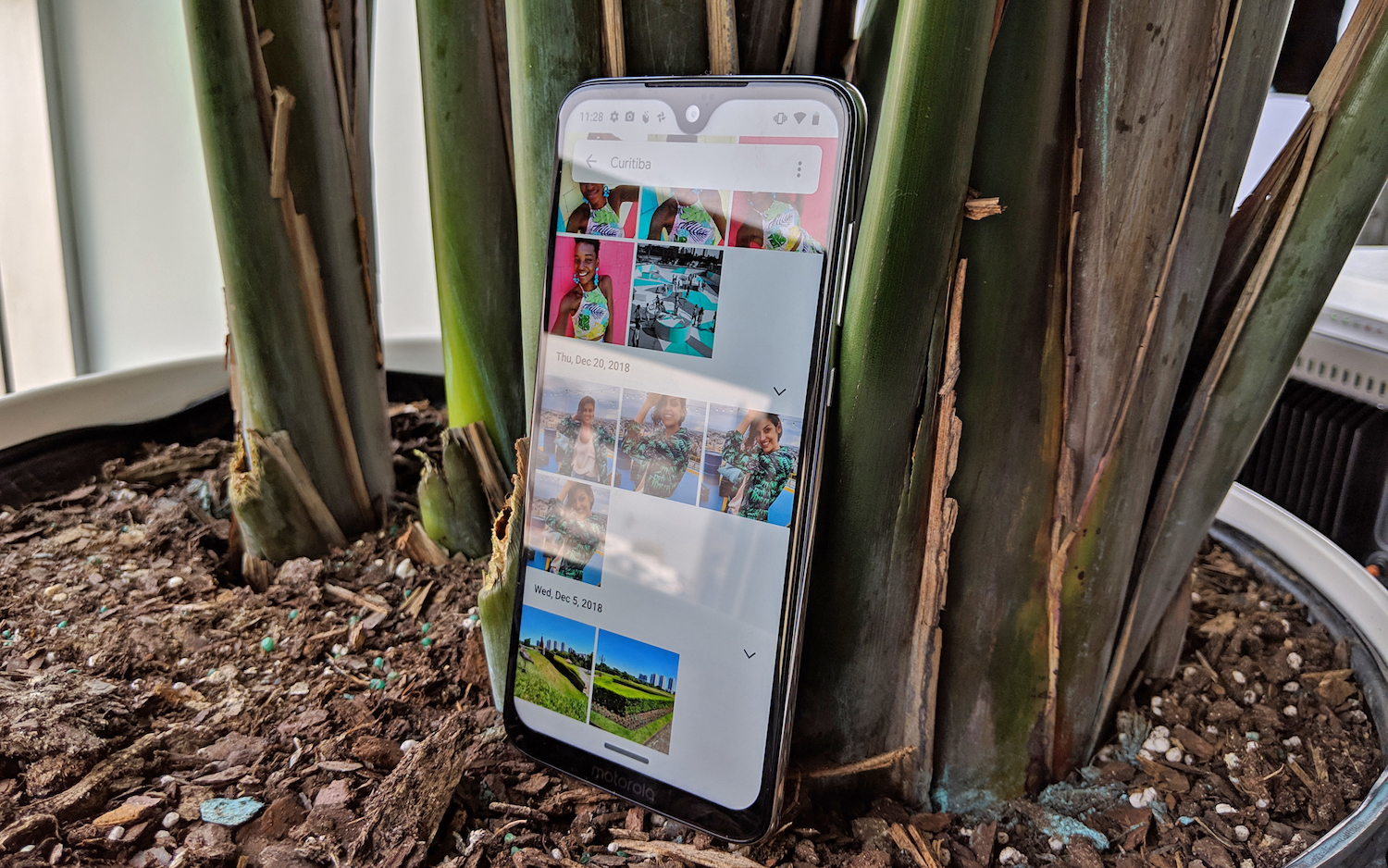
The G7 is different. Pulling a page from 2018’s leading high-end handsets, Motorola’s fitted notches into all three G7 models. And while the Power and Play variants get iPhone-aping wide cutouts for the front facing camera and earpiece, the standard G7 receives the teardrop treatment, similar to the OnePlus 6T.
The G7 is also much larger than last year’s Moto G6. The full-HD+ LCD display now stretches 6.2 inches across a 19:9 aspect ratio, eclipsing the 5.7-inch panel in the G6. The difference may only be five-tenths of an inch, but you can certainly feel it in your hand. As someone who prefers more compact devices and was smitten with the G6’s Goldilocks dimensions, I’m a bit dismayed Motorola’s opted to go super-sized, but the market has spoken and it’s calling for bigger phones.
The G7 gets Gorilla Glass 3 treatment all around, sandwiching a chrome band that looks like metal, but actually is plastic. You’d be hard pressed to tell the difference, however, and there’s a practical justification for the material chosen — it allows the phone’s radios to work without the need for antenna lines to facilitate the signal.
Raising the Performance Bar
The G7 draws power from Qualcomm’s Snapdragon 632 system-on-chip and 4GB of RAM. That’s more memory than we’ve ever seen in a G-series handset, and that 632 chipset should be a good sight faster than the Snapdragon 450 silicon in the Moto G6. For the record, the G7 never acted out of sorts during our limited time with it — though you’ll have to hang on for our full review for deep analysis and benchmarks that compare it to other sub-$300 phones.
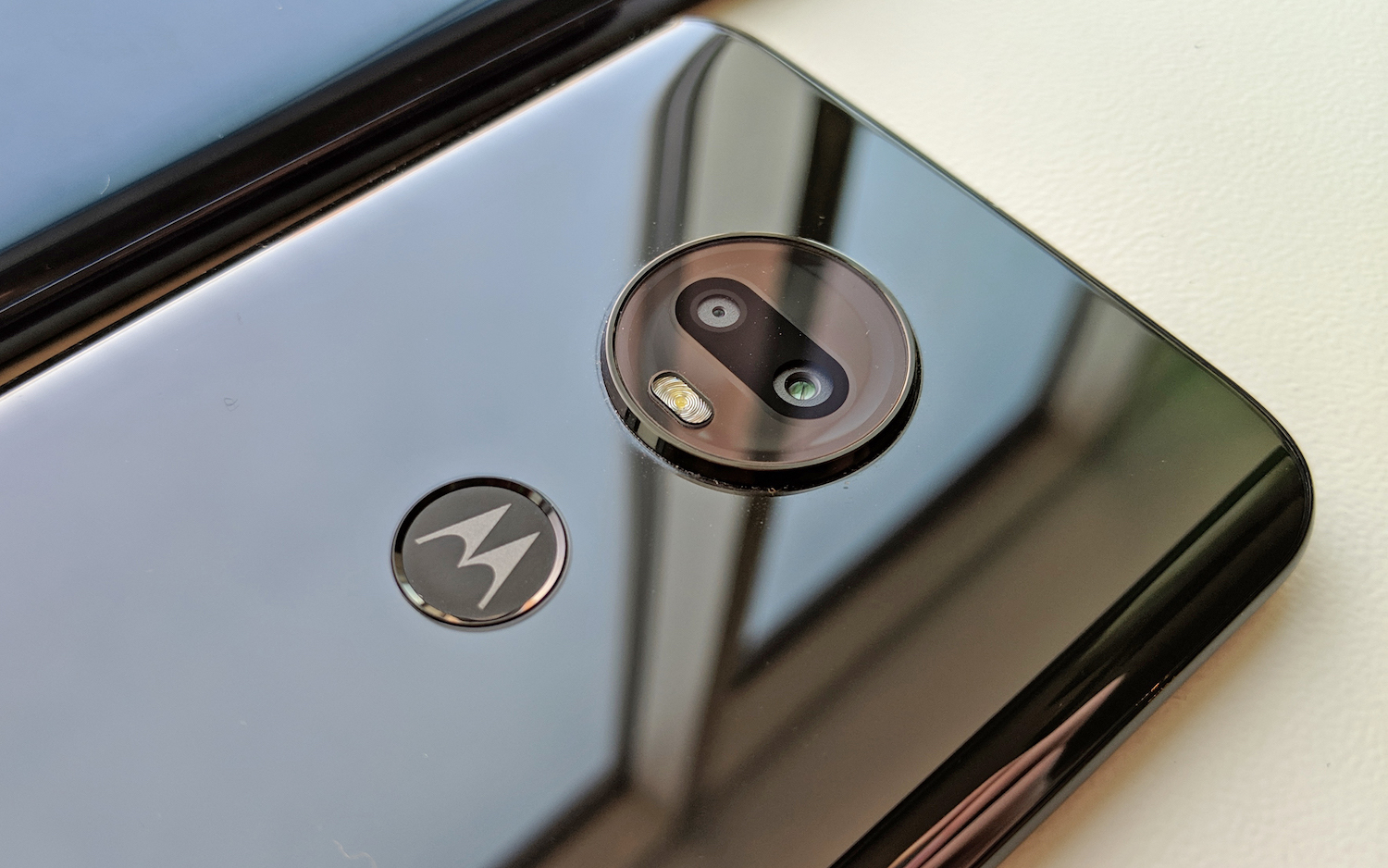
Additionally, the G7 comes with 64GB of storage as standard, with a microSD slot that can accept any card up to 512GB in size. There’s a 3,000-mAh battery onboard — about average for this price range, and matching the battery inside the $349 Nokia 7.1. Motorola has once again brought its dual camera system to the G series, pairing a 12-megapixel main lens on the G7 with a 5-megapixel depth sensor for bokeh effects.
Speaking of photography, many of the G7’s camera upgrades have more to do with software than hardware. Motorola is adding Hi-Res Zoom to the G7’s shooter — a feature reminiscent of Super-Res Zoom in the Pixel 3 in that it uses post-processing to fill in the gaps when you digitally zoom.
MORE: Best Smartphones on the Market Now
Bonus creative features like Cinemagraph and Spot Color return from previous Motorola handsets, as well as a new Smile Capture setting and Hyperlapse. The former triggers a shot simply when the subject smiles, while the latter speeds up recorded video while adding some motion stabilization for smooth-yet-accelerated clips. And once again, Motorola is leaning on Google Photos and Google Lens as the stock gallery and photo analysis apps on every device in the G7 family.
For Power or Play
Some may be disappointed to learn that Motorola is opting to move upmarket with the Moto G7. The G5 Plus and G6 launched at $229 and $249, respectively, and the G7 starts at $299. The latest iteration offers a compelling list of specs, though it’s beginning to stretch that budget definition a bit further than past generations.
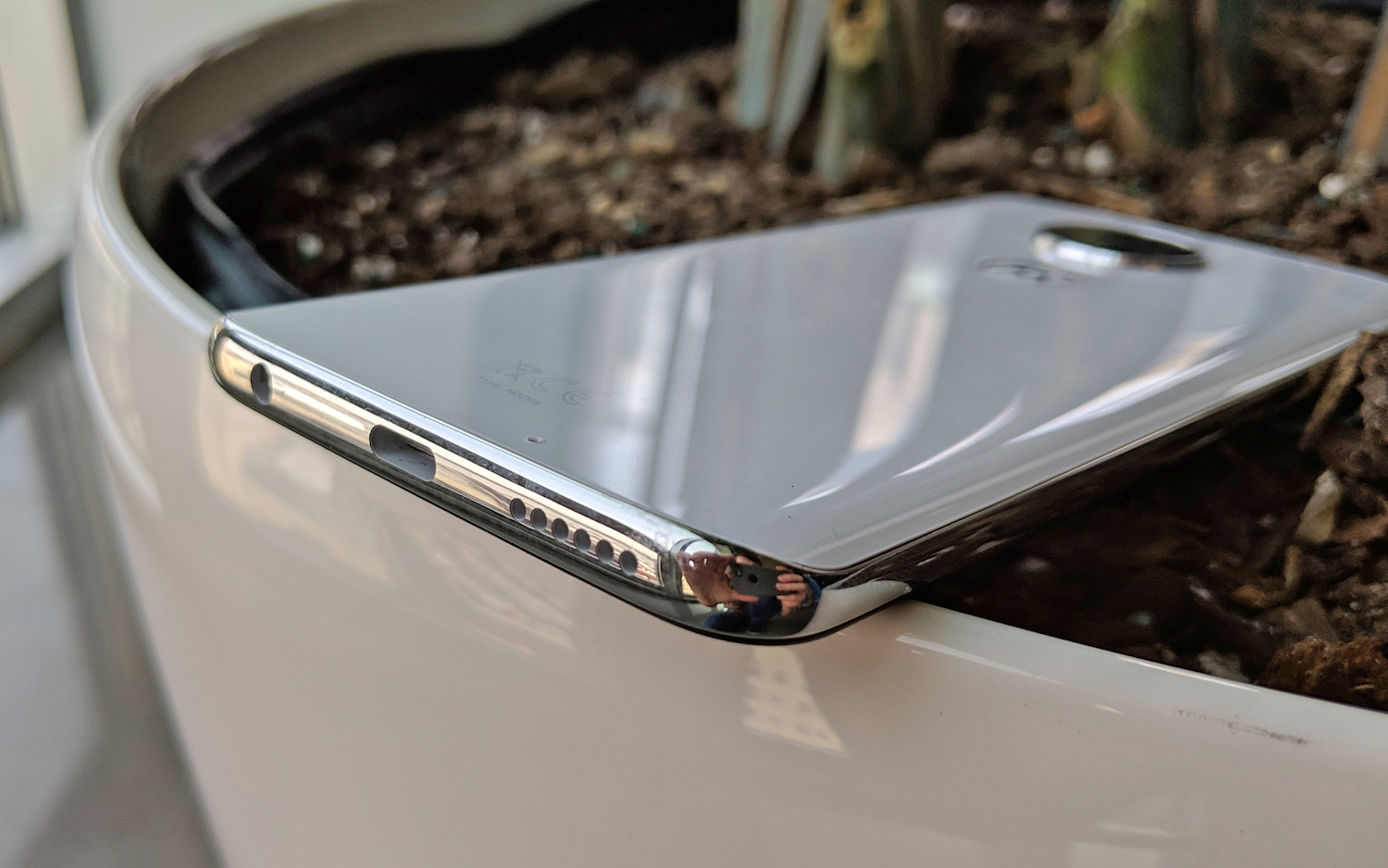
But fear not — Motorola isn’t leaving buyers who have been priced out of the core G7 out in the cold. The G7 Power and G7 Play will cost $249 and $199, respectively, bringing the very same processor found in the regular G7 and similarly notched, 19:9 aspect ratio displays. Best of all, they’ll both be sold unlocked directly through Motorola’s website, just like the $299 model, and they’ll also be compatible with just about every carrier — whether GSM- or CDMA-based.
MORE: Moto G7 Power Packs a Huge Battery for $249
The G7 Power adds a massive 5,000-mAh battery, calling to mind the eternally-long-lasting Moto E4 Plus of a few years back. Motorola claims the Power will last three days on a single charge, while the company’s TurboPower charging system will reportedly provide 9 hours worth of juice after just 15 minutes on the adapter.
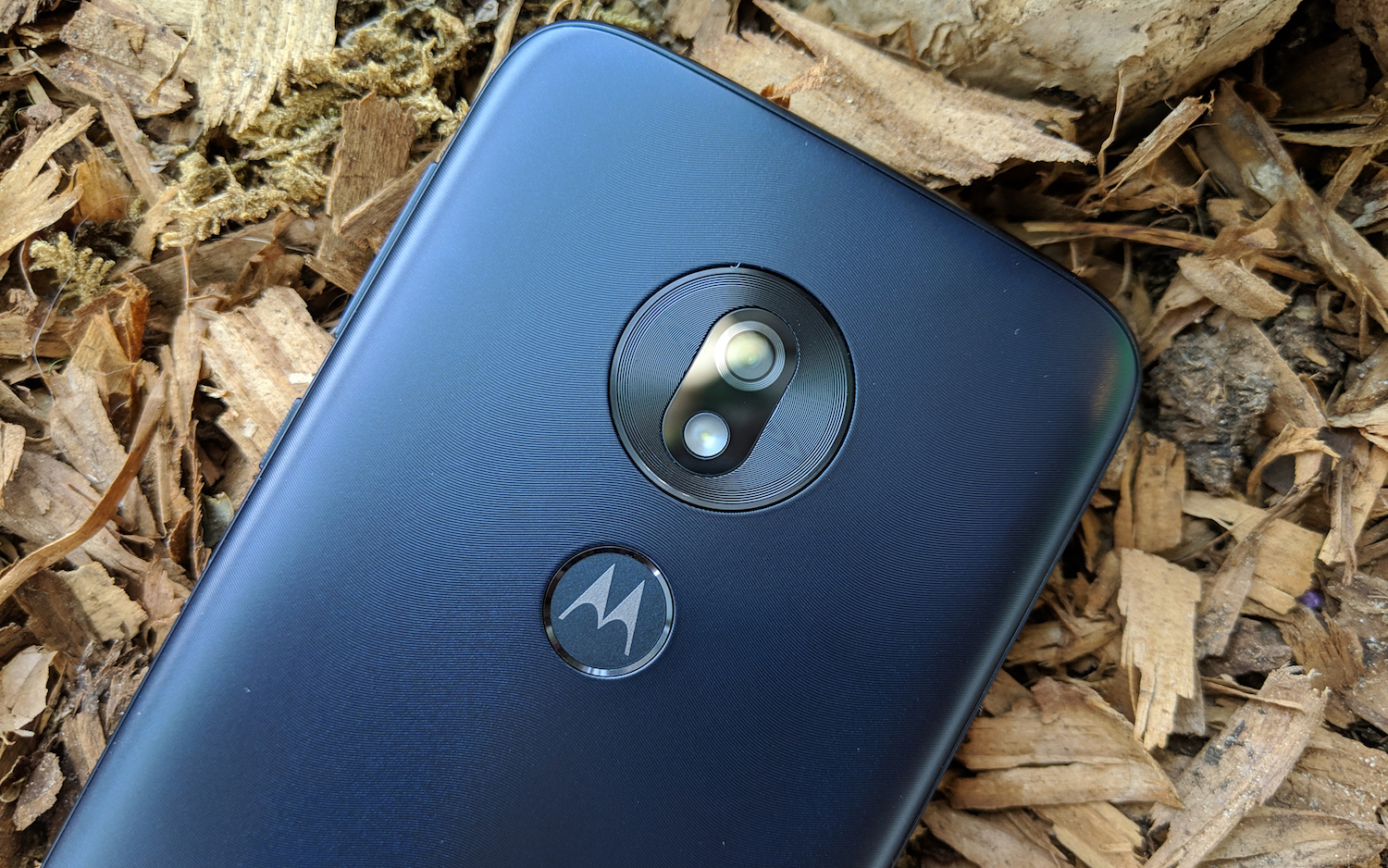
That said, you can expect a few concessions made to hit those lower prices. The Power variant comes equipped with 3GB of RAM, while the Play makes do with just 2GB. Both phones have single-lens rear cameras that are capable of depth-effect portraits, but only through the help of software. They also have half the storage of the regular G7, armed with only 32GB until you add a microSD card. At least Android 9 Pie is standard on every model.
Outlook
Motorola has seemingly covered all the bases with the new G7 family. In previous years, you might have to spend extra or commit to a year or so of service with a specific carrier to get an exclusive version of a G-series phone with a bigger battery or better performance.
Not anymore. Motorola is giving its customers the freedom to buy any of its midrange handsets and use them however they wish. The G7 in particular won’t be sold through carrier channels, though like the G6 before it, it will be one of the featured phones on the pay-what-you-use Google Fi network, which provides a nice alternative to the big four carriers and their prepaid subsidiaries.
As for the G7, the $299 phone looks as compelling as any of its predecessors. The processor and RAM pairing seems as though it will be adequate for a good couple of years, and we appreciate that Motorola is now offering 64GB of storage as standard. As always, we still have some questions — namely surrounding those dual cameras, which have traditionally been Motorola’s weakest link. You can expect answers in our full reviews of the G7 family when all three devices begin shipping this spring.
Credit: Tom's Guide
Sign up to get the BEST of Tom's Guide direct to your inbox.
Get instant access to breaking news, the hottest reviews, great deals and helpful tips.
Adam Ismail is a staff writer at Jalopnik and previously worked on Tom's Guide covering smartphones, car tech and gaming. His love for all things mobile began with the original Motorola Droid; since then he’s owned a variety of Android and iOS-powered handsets, refusing to stay loyal to one platform. His work has also appeared on Digital Trends and GTPlanet. When he’s not fiddling with the latest devices, he’s at an indie pop show, recording a podcast or playing Sega Dreamcast.
